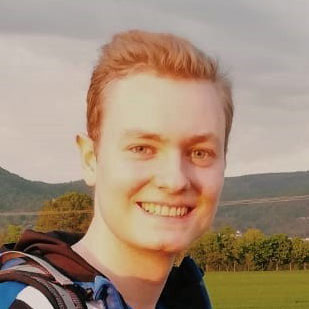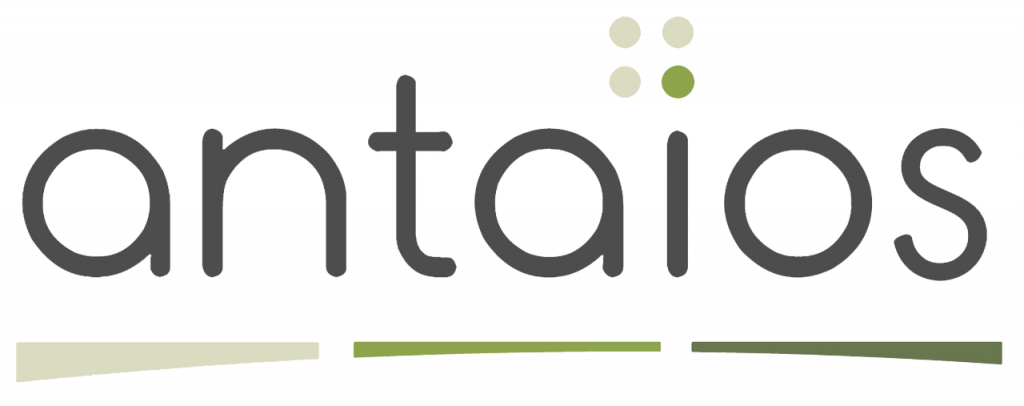- Research project
Fast switching dynamics of three terminal magnetic tunnel junctions
- Project supervisor
Prof. Pietro Gambardella
- Recruitment date
- 12/04/2021

Marco Hoffmann

My name is Marco Hoffmann (24) and I was born and raised in a little rainy town in Germany, before moving to sunny Heidelberg for my undergraduate studies in Physics.
During this time, three stays abroad for six months each at University of Southampton, Kyoto University and the ABB Research Centre (Baden, Switzerland) vastly broadened both my cultural and scientific horizon. Whenever not dealing with physics, I love to spend my time cycling and hiking in the mountains or to play volleyball.
For my master thesis at Heidelberg University I performed dilatometric and magnetic measurements to investigate correlated electron materials and was then – due to my interest for applied science as well as fundamentals in physics – undecided whether to pursue a PhD in industry or in academia. That was when I heard about SPEAR and found out one could combine both my interests. Having the possibility to work together and regularly exchange with young researchers and experts from all over Europe is an additional benefit. Being most thankful for being given this great opportunity, I hope to advance my scientific, analytic and communicative skills. Now, I am looking forward to study fascinating spin-orbitronics phenomena and related technology that might soon be turned into applications and thereby assist people around the globe.
Project Description
This project will address the optimization of materials and devices for sub-ns current-induced switching of magnetic bits in magnetic random access memories.
Recent studies have shown that current-induced spin-orbit torques enable few ns to sub-ns magnetization switching in magnetic tunnel junctions with reduced incubation time relative to spin-transfer torques. However, several questions remain open:
i) In order to reduce the single-device as well as device-to-device variability in actual memories, the statistical distribution of switching times must be narrowed to a fraction of the total switching time, ideally below 100 ps.
ii) Although the switching voltage is typically below 1 V, the critical current density required by spin-orbit torque switching is presently one order of magnitude too large compared to spin transfer torque.
These issues will be addressed by
1) studying the size and shape dependence of the switching dynamics in magnetic tunnel junctions based on material stacks optimized for large charge-spin conversion effects (collaboration with IMEC) and
2) combining spin-orbit torques with voltage control of magnetic anisotropy and spin transfer torques in three-terminal magnetic tunnel junctions.
The PhD student will be trained in time-resolved electrical measurements of nanodevices, magnetization dynamics, magnetic characterization techniques, and statistical analysis of large datasets.
Host institution

ETH Zurich is one of the world-leading universities for technology and the natural sciences. It is well-known for its education, fundamental research, and technology transfer. Founded in 1855, ETH Zurich today has more than 19,000 students from over 110 countries, including 4,000 doctoral students.
The Laboratory of Magnetism and Interfaces is specialized in the study of magnetic interfaces and nanostructures, with emphasis on spin-orbit phenomena. Extensive sample growth facilities are available as well as electrical, optical, and scanning probe characterization tools.
Planned Secondments
ANTAIOS, under the supervision of Marc Drouard.
IMEC, under the supervision of Sebastien Couet.
Registering University
ETHZ (Zurich, Switzerland).




